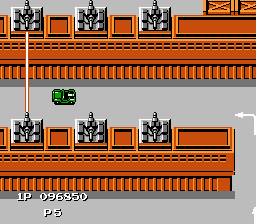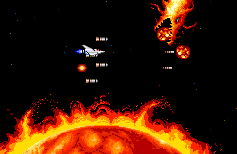I’m a sucker for level design and design patterns, so when I came across this article (and paper) called “Level Design Patterns in 2D games”, I had to read it! Unfortunately it’s a bit wordy, so I thought I’d summarise it and throw in a bunch of pictures! Enjoy!
Hover over the images to read an explanation for each example!
Guidance
Guide the player through the path they need to take.
-
Level shape
| Super Mario Bros. | Super Meat Boy | | ------------- | ------------- | |  |  | {:.table-bordered} -
Collectibles (a.k.a. breadcrumbing)
Donkey Kong Country 2 Granny Smith 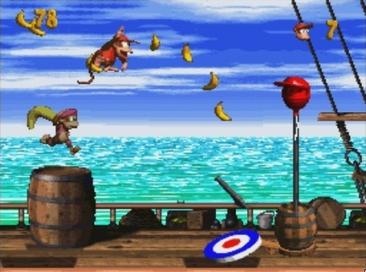

-
Enemies
Super Mario Bros. 3 Sonic 3 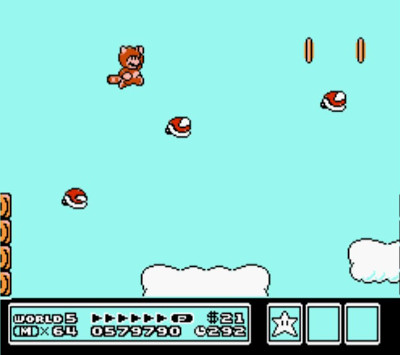
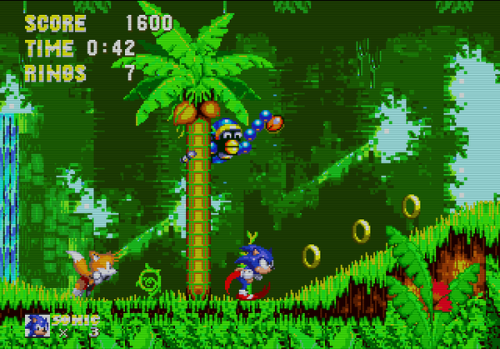
-
Environmental cues
The Legend of Zelda: A Link to the Past Pokemon 

Safe Zone
Give the players a place safe from hazards so they can stop and think.
| Contra | The Legend of Zelda |
|---|---|
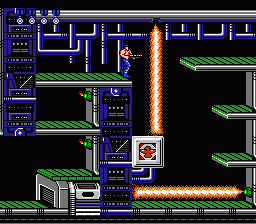 |
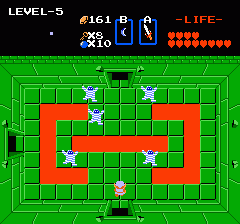 |
Foreshadowing
Partially introduce something new to the player, only to fully reveal it later. This can serve to teach the player, or encourage exploration.
-
New hazard that’s out of reach
Bare Knuckle III Golden Axe 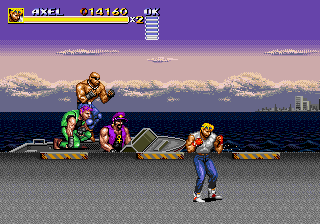
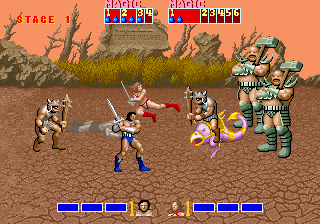
-
New enemy that foreshadows a boss
Megaman Contra 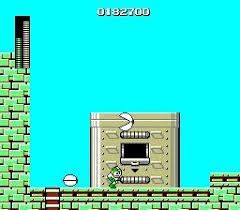
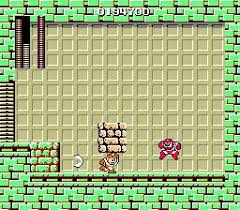
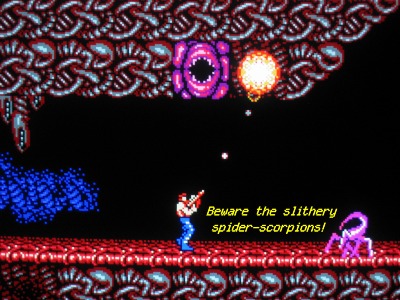
-
New objects / obstacles that cannot be used until later, to encourage exploration.
Chrono Trigger Pokemon 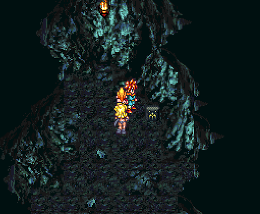
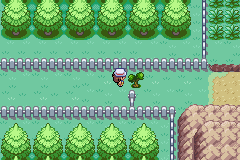
Layering
Combining multiple objects to create new experiences, like a harder challenge.
-
Multiples of the same object
Raiden 2 Streets of Rage 3 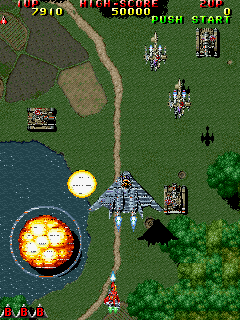
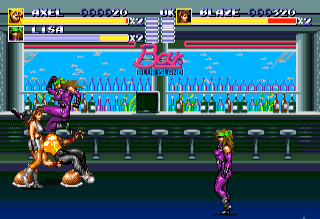
-
Different objects
Jackal Super Mario World 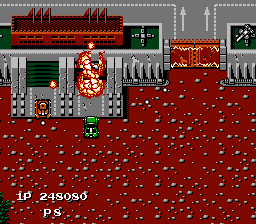
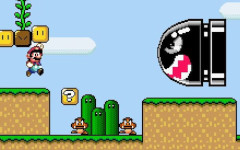
Branching
Giving the player different choices.
-
Branching with no restrictions - gives the feeling of exploration
Binding of Isaac: Rebirth Final Fantasy IV 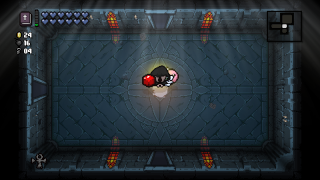
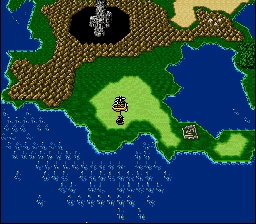
-
Conditional branching - stimulates curiosity and may require backtracking
Super Metroid The Legend of Zelda: A Link to the Past 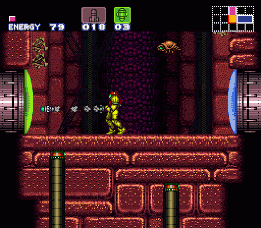
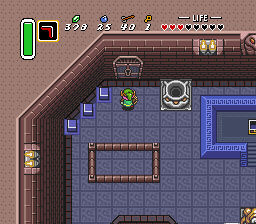
-
Risk-reward branches - encourages players to invest more time in the game by rewarding skill
Excitebike Sonic 3 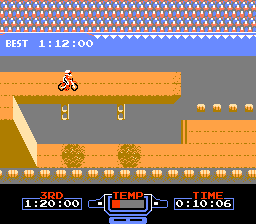

Pace Breaking
Dramatically changing the pacing of the game - higher or lower tension.
-
Introduce difficulty (e.g. bosses) to increase tension
Lifeforce 1943 
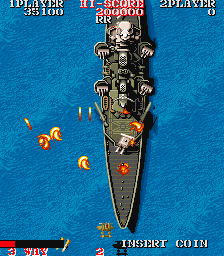
-
Decrease tension to let players enjoy other parts of the game, or learn a new mechanic
Mappy Street Fighter 2 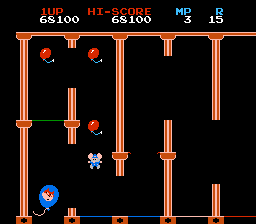

-
Decrease tension to set up for a more dramatic increase later (e.g. just before a boss fight)
Megaman 2 Chrono Trigger 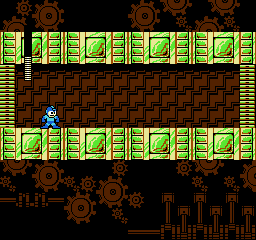
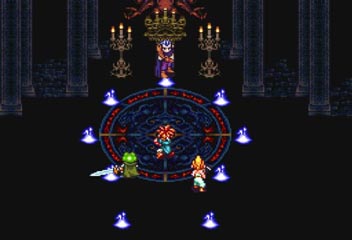
-
Controlling tension through level design
Jackal Gradius 2 